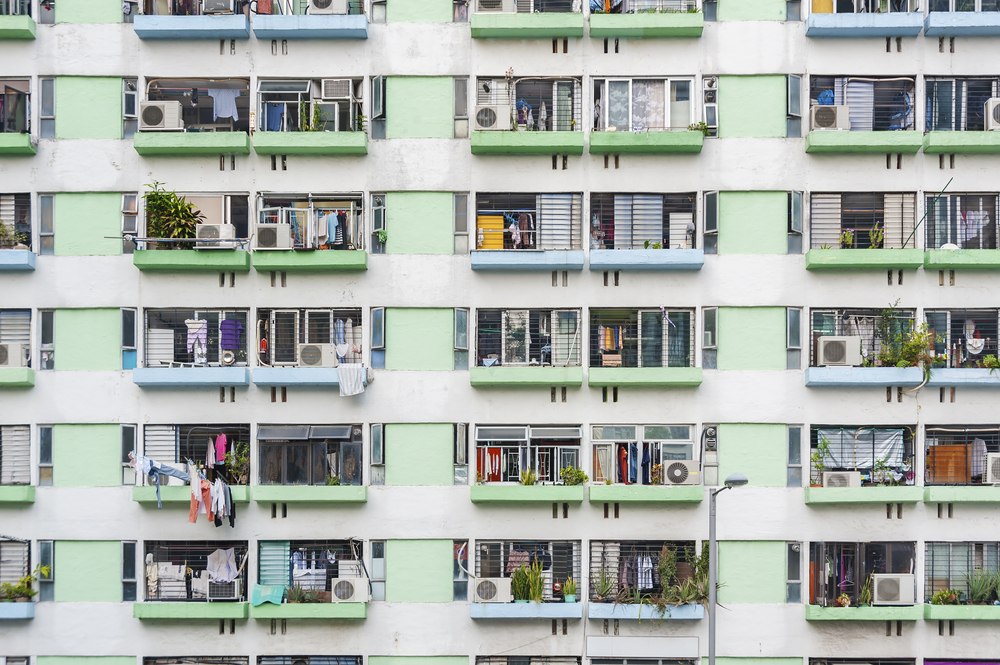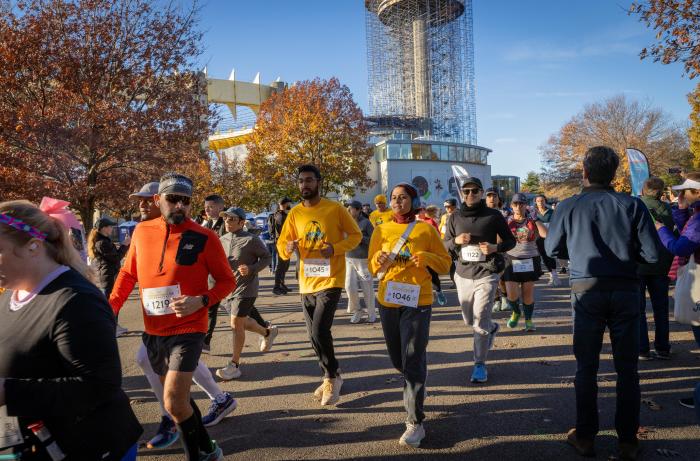The burden of rising rents and decrease of available low-income housing in the Queens neighborhoods of Elmhurst and Corona is forcing families to double up in apartments, according to a report by the Institute for Children, Poverty & Homelessness.
The nonprofit, which focuses on the impact of public policies on poor and homeless children, began collecting data after noticing the reactions from the community to the Boulevard Family Residence, the homeless shelter occupying the former Pan American Hotel on Queens Boulevard in Elmhurst.
“The report started with the opening of the shelter in Elmhurst/Corona in 2014,” said Jennifer Erb-Downward, the principal policy analyst for the report. “We decided to take a deep dive into what was happening in the neighborhood.”
The report found that this increase in homelessness is partly due to higher-income residents moving into parts of Elmhurst and Corona. The number of households earning at least $100,000 has increased from 8 percent to 17 percent between 2005 and 2013, but those in other income brackets fell.
In the southwest section of Elmhurst and Corona, 15 percent of people were living in poverty while 23 percent of the population in the northeast section lived in poverty, the report shows. In south Corona, 56 percent of residents pay more than half their income on rent, which is double the city average of 28 percent.
In 2013, the need for low-rent apartments was four times higher than the number of apartments available at that rent level ― 5,000 renters competed for just 1,500 units. From 2008 to 2012, low-income housing — defined as units renting for under $600 monthly — shrank by 31 percent, the report found.
Residential and school overcrowding has also increased, causing Elmhurst and Corona to be named the second most overcrowded community district in New York City. Data also shows that two-thirds of elementary and middle schools and 53 percent of high schools were considered overcrowded in school year 2011-2012 compared to 42 percent and 26 percent citywide.
During the 2012-2013 school year, 881 students were considered homeless and more than 1,200 children at local schools were homeless at some point during 2010-2013. According to Erb-Downard, this report used the educational definition of homelessness, which not only includes families living in shelters or other unspecified locations but those doubling or tripling up in homes of family or friends.
About 85 percent of homeless students were living doubled up in 2012-2013, 11 percent lived in shelters and only 4 percent lived in cars, abandoned buildings or other unfit locations, according to the report.
“We tend to be measuring homelessness by the number of families entering the homeless system,” Erb-Downward said. “One thing that [this report] shows is that, across the city, there is a wave of families doubled and tripled up who will be the next families to enter shelters if nothing is done. This is the tip of the iceberg.”




































